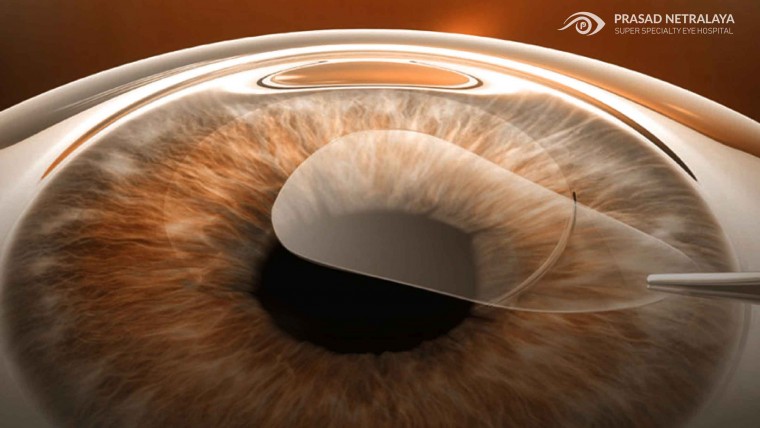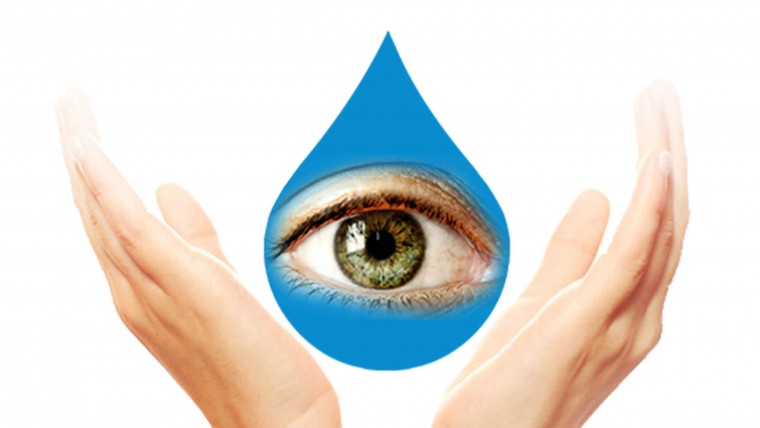Diabetes is one of the most commonly known chronic health problems in the world. According to the Hindustan Times, India has approximately 700 lakh (70 million) diabetic patients across the country.
A diabetic person with high or fluctuating blood sugar levels has a higher risk of getting diabetes-related eye problems than a non-diabetic person.
In most scenarios, when a person’s vision gets blurry, glasses are the only solution. However, if the person is diabetic, it could be a temporary eye condition that is caused due to fluctuating or high blood sugar levels. When this happens, the first step is to bring blood sugar levels under control. If the eye problem persists even after doing so, a visit to the nearest eye hospital is highly required!
In case high blood sugar levels are uncontrolled for a long time, the risk of other chronic eye problems becomes higher and can lead to permanent vision loss.
There are four major eye problems found in diabetics. They are:
- Cataract
- Glaucoma
- Diabetic Macular Edema (DME)
- Diabetic Retinopathy
CATARACT AND DIABETES

A cataract is the clouding or fogging in the natural eye lens, which can happen to almost anyone from any age group, but diabetic patients can get it earlier than others and it can progress much faster than normal.
People with diabetes have statistically 60% greater chances of developing cataract at an early age.
The only solution for Cataract is an eye surgery during which the natural cloudy lens of the eye is replaced with an artificial lens through a surgery. This surgery is an effective safe method to restore the vision.
GLAUCOMA AND DIABETES
Glaucoma is the built-up pressure in the eye from the fluid that does not drain out easily. This built up pressure damages the nerves and vessels in the eye and causes changes in the vision.
Patients with uncontrolled diabetes and diabetic retinopathy may have leaking blood vessels and poor retinal blood supply that disrupts retinal function. Left unchecked, the retina starves for oxygen and develops new blood vessels and the stimulus for new blood vessel formation can travel to the anterior segment of the eye. This triggers new blood vessel formation in the ocular anterior segment and interferes with the normal internal drainage system of the eye leading to elevated intraocular pressure, a condition referred to as neovascular glaucoma.
If this condition is diagnosed at an early stage, it can be treated with special eye drops, laser procedures, medicine, or surgery.
DIABETIC MACULAR EDEMA (DME)
The macula is important for the central and fine vision for driving, reading, and recognizing faces. Diabetic Macular Edema (DME) is a build-up of fluid in the central region of the retina called the macula. DME is the most common cause of vision loss in diabetic patients who have Diabetic Retinopathy. Though DME can happen to a diabetic patient at any stage, it progresses faster in those whose blood sugars are uncontrolled.
DIABETIC RETINOPATHY
The retina detects light and converts it into signals that are sent through the optic nerve to the brain. High blood sugar levels can damage the blood vessels in the retina and can lead to Diabetic Retinopathy. This can cause the blood vessels to leak fluid or bleed, which can lead to distorted vision. If this is ignored, it can scar the retina and cause loss of vision.
There are 2 types of Diabetic Retinopathy
- Non-proliferative Diabetic Retinopathy
- This is the most common type of retinopathy. In this condition, the blood vessels swell and form fluid-filled pouches in the retina. Most people do not know the difference and think that the blurred vision caused by Non-proliferative Diabetic Retinopathy is just a normal age-related vision problem. As this condition progresses, the blood vessels get blocked and stop the blood flow to the retina.
- Proliferative Diabetic Retinopathy
- This type of retinopathy is the advanced stage where the blood vessels are blocked and the retina starts to grow new and abnormal blood vessels. These blood vessels are thin and fragile and may start bleeding, which could cause severe vision loss and blindness. Sometimes these newly formed abnormal blood vessels can contract and cause the retina to detach.

The treatment for Diabetic retinopathy includes laser treatment, injections to the eye and in advanced stages, surgery.
To protect your eyes from these severe eye conditions, eye doctors recommend that you should maintain normal blood sugar levels, blood pressure levels, and quit smoking, because smoking increases the risk of cataract and damages the optic nerve.
It is also recommended to have regular eye check-ups, especially if you are diabetic or have any other eye problems. With regular eye exams, eye problems can be rectified at an early stage and you can prevent permanent loss of vision.
Prasad Netralaya Super Speciality Hospitals aim at creating awareness about Diabetes-related eye problems and treating them before it is too late. We provide a team of the best ophthalmologists, nurses, and staff, equipped with advanced technology to achieve this aim.
Call our Toll Free number 1800-4251-919 or 099868 86565 today, to book a consultation for the best advice and care for your eyes at any of our five Super Specialty Eye Hospitals in Mangalore, Udupi, Sullia and Tirthahalli. You can also book an appointment by filling out this quick form.
Dr. Vikram Jain, M.S. had his medical training (MBBS) from Kasturba Medical College, Mangalore, India. He did his master’s in Ophthalmic surgery from Kasturba Medical College, Manipal. He currently manages the Glaucoma department of Prasad Netralaya hospital.


